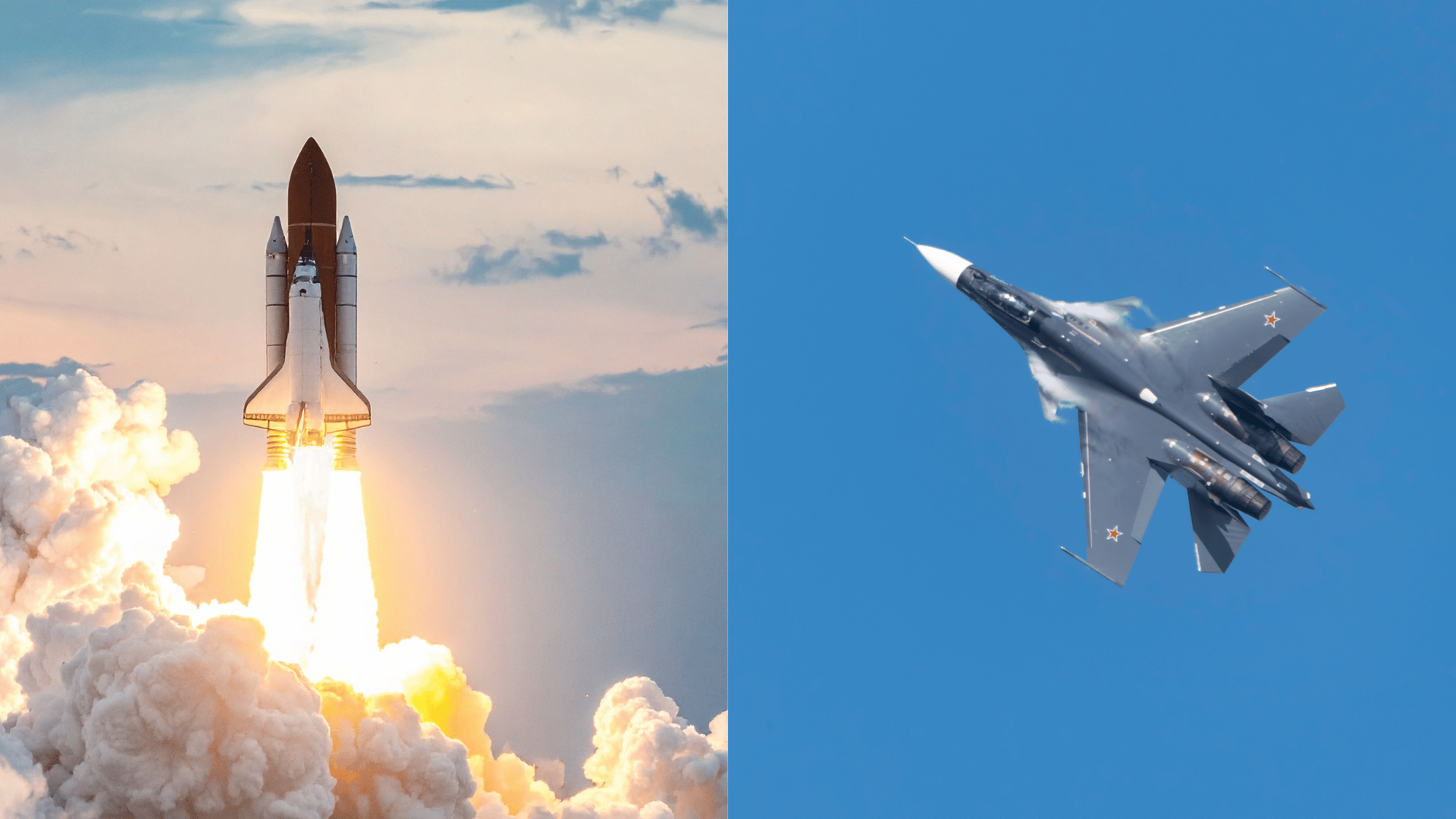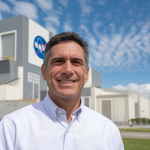Many students wonder about the differences when comparing aeronautical vs aerospace engineering fields.
Both careers involve working with flying machines and space technology, but they focus on different areas.
Aeronautical engineers work mainly with aircraft that fly within Earth’s atmosphere, like planes and helicopters.
Aerospace engineers have a broader scope that includes both atmospheric flight and space travel.
Both fields offer exciting career opportunities in aviation, defense, and space industries that continue to grow each year.
What is an Aeronautical Engineer?
Aeronautical engineers design, build, and test aircraft that operate in the air.
Their work focuses on improving flight performance, safety, and efficiency. They study how air moves around planes, how to reduce fuel use, and how to make flying quieter and smoother.
These professionals usually work with airplanes, helicopters, gliders, and drones.
They are often employed by airlines, aircraft manufacturers, research organizations, and government agencies that regulate aviation.
What is an Aerospace Engineer?
Aerospace engineering is a broader field that includes everything in aeronautical engineering, plus space technology.
Aerospace engineers design and test rockets, satellites, and spacecraft that travel beyond Earth’s atmosphere.
They deal with both aerodynamics (how things move through air) and astronautics (how they move in space).
Their work involves developing launch systems, navigation controls, and materials that can withstand the harsh conditions of space.
Key Difference Between Aeronautical and Aerospace Engineering

Understanding key differences between aeronautical and aerospace engineers helps students choose the right engineering path for their career goals and interests.
| Aspect | Aeronautical Engineering | Aerospace Engineering |
|---|---|---|
| Work Focus | Flight within Earth’s atmosphere | Flight in both the atmosphere and outer space |
| Vehicle Types | Aircraft, helicopters, gliders | Aircraft, rockets, satellites, spacecraft |
| Study Areas | Aerodynamics, flight mechanics | Aerodynamics, propulsion, orbital mechanics |
| Career Scope | Specialized in aviation | Broader field, including the space industry |
| Educational Focus | Atmospheric flight systems | Both atmospheric and space flight systems |
| Industries | Airlines, aircraft manufacturing | Space agencies, defense, and satellite companies |
Education and Skill Requirements
Most students start with a Bachelor’s degree (B.Tech or B.E.) in Aeronautical or Aerospace Engineering. Some continue with M.Tech, M.S., or specialized certifications to advance their expertise.
Key subjects include:
- Physics and advanced mathematics
- Aerodynamics and propulsion
- Flight mechanics and control systems
- Materials science and structural analysis
- Computer-aided design (CAD) and simulation
Essential skills:
- Strong analytical and problem-solving ability
- Proficiency in CAD and simulation tools (e.g., MATLAB, CATIA)
- Programming knowledge (Python, C++)
- Creativity and attention to detail
- Team collaboration and communication
Career Options and Salary Insights
Both fields offer stable growth, competitive salaries, and the chance to work on cutting-edge technology shaping the future of flight.
Aeronautical Engineering
Popular career paths include:
- Aircraft Design and Testing: Creating and refining airplane structures for better performance.
- Aviation Safety and Maintenance: Ensuring aircraft meet all safety and efficiency standards.
- Airline Engineering and Manufacturing: Working with commercial airlines or aircraft manufacturers.
- Research and Development: Innovating new materials and flight systems for modern aviation.
Aerospace Engineering
Common career roles include:
- Spacecraft Design and Propulsion: Developing rockets and engines for space missions.
- Satellite Development and Operations: Building and maintaining satellites for communication and research.
- Rocket Systems and Defense Technology: Contributing to advanced defense and propulsion systems.
- Space Exploration and Mission Control: Supporting space agencies in planning and managing missions.
Job Growth and Salary
The demand for skilled engineers in both fields continues to rise as industries push for innovation in sustainable flight and space travel.
| Field | Average Salary Range (Per Year) | Growth Outlook |
|---|---|---|
| Aeronautical Engineering | Around $90,000 – $120,000 | Strong demand for eco-friendly aircraft and drone development |
| Aerospace Engineering | Around $100,000 – $130,000 | Expanding rapidly with private space missions and defense projects |
Top employers include NASA, SpaceX, Boeing, and Airbus, along with several private space and aviation startups shaping the future of the industry.
Career Guidance: Which Field is Right for You?
Choosing between aeronautical vs aerospace engineering depends on personal interests and career goals that match individual strengths and passions.
Students should ask themselves whether they prefer working only on aircraft like planes and helicopters, or if they want to design both aircraft and spacecraft.
Career interests play a big role in this decision. Some people love aviation and commercial flight, while others dream of space exploration and rocket science.
Detail-oriented students who enjoy perfecting aircraft designs might prefer aeronautical engineering, while visionary thinkers who like innovative space technology might choose aerospace engineering for their future careers.
Future of Aeronautical vs Aerospace Engineering

The future looks bright for both engineering fields as technology continues to advance rapidly.
Aeronautical engineers will work on electric aircraft, autonomous flying vehicles, and more fuel-efficient planes to reduce environmental impact.
Aerospace engineers will focus on commercial space travel, Mars exploration missions, and satellite internet systems that connect the world.
Both fields will use artificial intelligence and advanced materials to create safer, smarter vehicles.
The job market for aeronautical vs aerospace engineers is expected to grow as airlines expand and space companies increase their operations.
Conclusion
Both aeronautical and aerospace engineering play a vital role in shaping the future of how humans fly and explore.
With rapid advances in technology, artificial intelligence, and sustainable materials, these fields are full of exciting opportunities for innovation and discovery.
If you’re inspired by flight and fascinated by the science behind it, now is the perfect time to start exploring degree programs, internships, and projects that can launch your engineering career into the future.


















